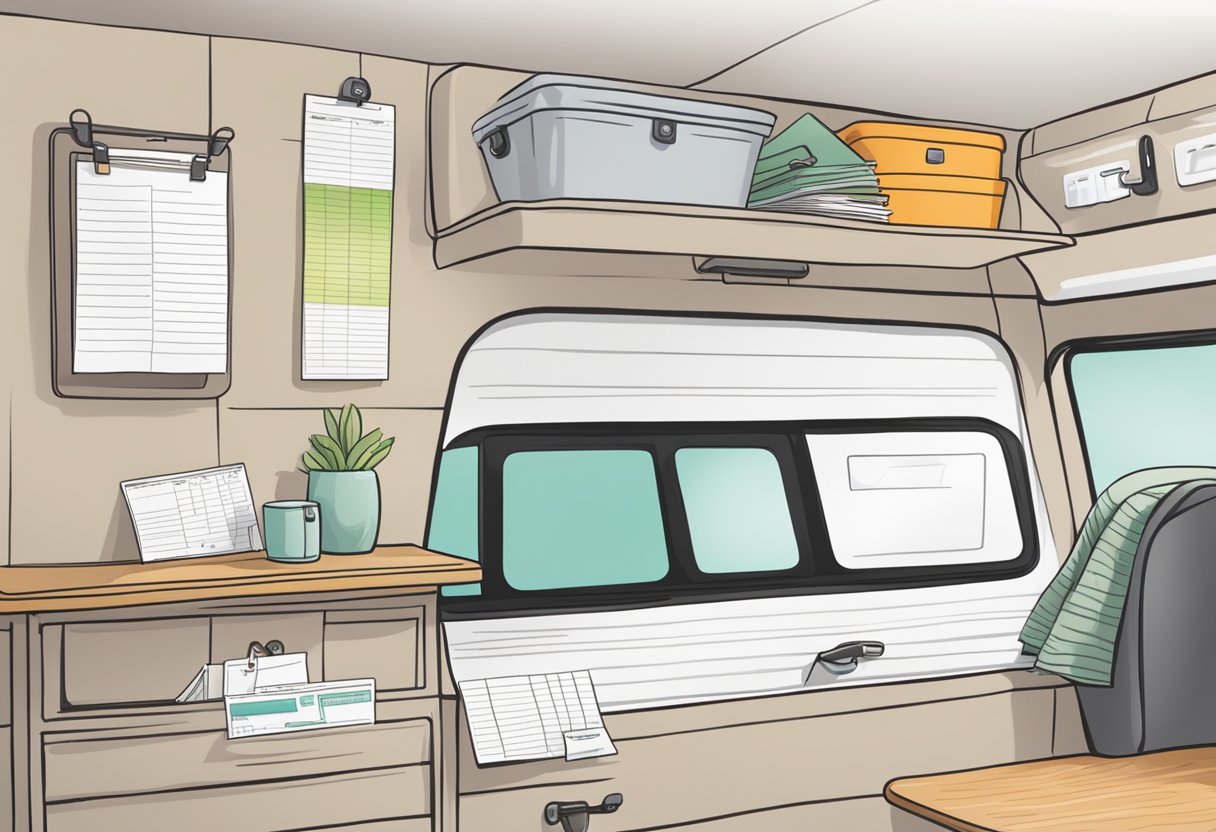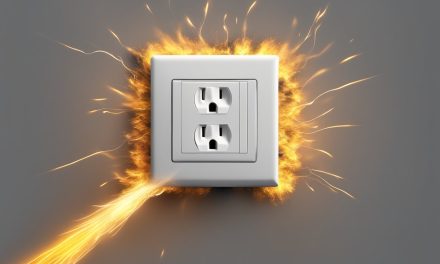Would you like to save this article?
Managing expenses during RV travel can be tricky, especially if you want to avoid relying on digital tools. Whether you’re embracing a tech-free lifestyle or simply prefer traditional methods, there are plenty of creative ways to track your spending.
Non-digital hacks offer simplicity, reliability, and a hands-on approach to budgeting that many travelers find refreshing. For instance, studies show that people who manually track their expenses are more likely to stick to their budget and save money.
In this article, we’ll explore five genius non-digital strategies for keeping your RV expenses in check while enjoying life on the road.
1. Maintain a Travel Expense Journal
Keeping a detailed expense journal is a simple yet effective way to track your RV spending. Use a notebook to record every purchase, categorizing them into sections like fuel, food, and campground fees. Research shows that writing by hand can improve memory retention by up to 25%, helping you stay mindful of your financial habits.
2. Implement a Cash Envelope System
The cash envelope system is perfect for RV travelers who want to avoid overspending. Allocate cash for specific categories—such as groceries, gas, and entertainment—and store it in labeled envelopes. Studies reveal that using cash instead of cards reduces spending by 15% because it feels more tangible.
3. Organize Receipts in a Folder
Receipts provide a clear record of your expenses and can be organized easily in a folder or binder. Sort them by date or category for quick reference when reviewing your budget. According to experts, keeping detailed records can reduce financial stress by up to 30%, as it gives you greater control over your finances.
4. Track Daily Spending on a Wall Calendar
A wall calendar can double as an expense tracker by allowing you to jot down daily spending totals in each date square. Over time, this visual method makes it easier to identify patterns and adjust your budget accordingly. Research indicates that visual tools improve financial decision-making by up to 40%.
5. Create DIY Expense Charts
Designing your own charts is a fun way to monitor RV expenses over time. Use graph paper or blank sheets to create charts for specific categories like mileage costs or lodging fees. Color-coding can make the data even easier to interpret. Studies show that visual aids like charts increase budgeting success rates by 25%.







